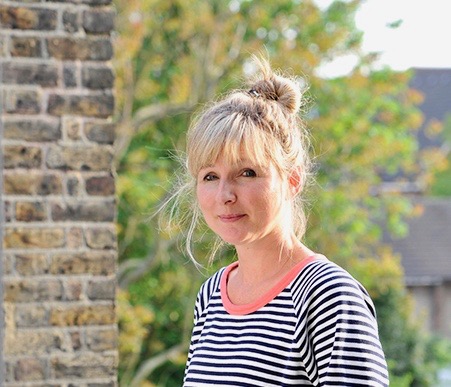Can't grow peonies in California? Try these tough and resilient peony alternatives instead
These peony alternatives are just as beautiful as peonies, and come with the promise of more successful blooms in California

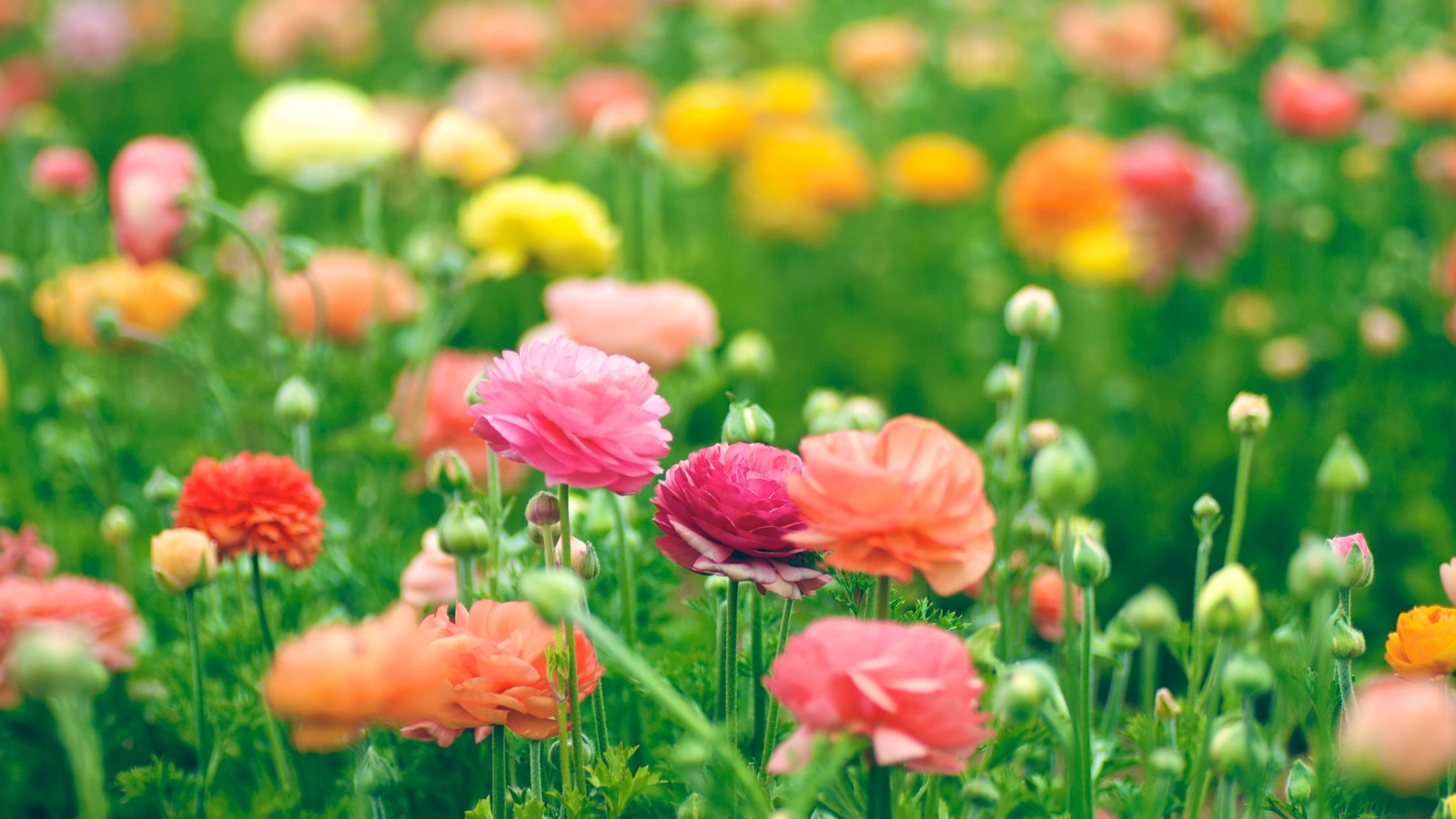
There are plenty of advantages to living somewhere warm and sunny, like California, which we don't need to explain here. Yet there are some minor downsides too. One of these is a lack of success with plants that require cold stratification, such as peonies. If you can't grow peonies in your part of California, these peony alternatives are far better.
If you have any inkling about how to grow peonies, or have ever tried, you will know that they need exposure to cold winter temperatures to enable them to go into a dormant period. This enables the plant to store its energy for the flower buds to form.
Instead of persevering with a plant that is not suitable for your zone, it's more satisfying to plant something that is. These are the beautiful peony alternatives that gardening experts in California suggest you grow instead.
5 peony alternatives to grow in California
1. Peruvian lily
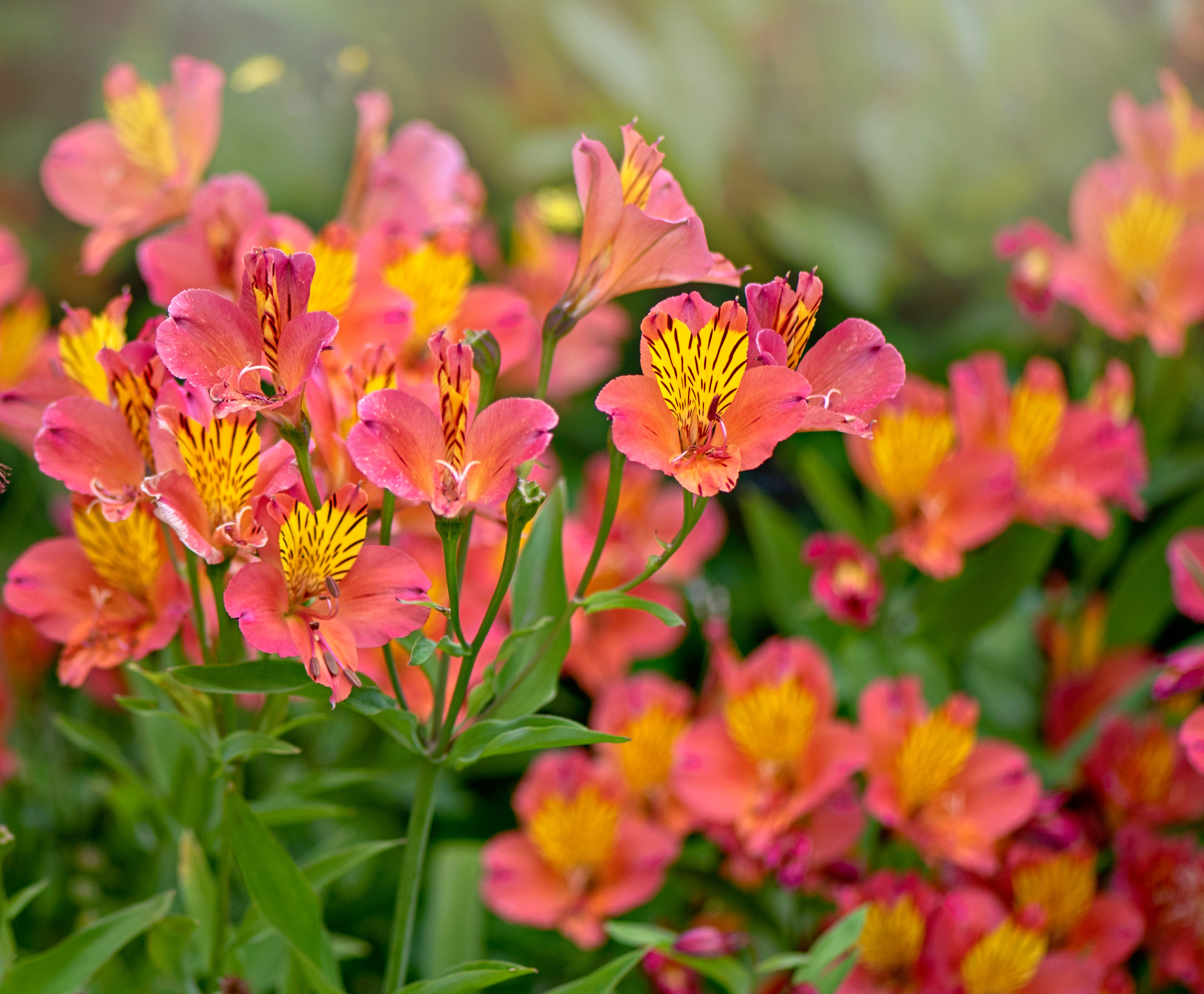
If you've been unsuccessful growing peonies, you will likely have more luck with Alstroemeria. Commonly known as Peruvian lily, Alstroemeria have big beautiful blooms in an array of (often mixed) colors from pinks and reds to yellow and orange.
These plants have a striking beauty, love the sun and can thrive in US hardiness zones 7-10.
'Like peonies, Alstroemeria make excellent cut flowers with an exceptionally long vase life,' says Janet Sluis, gardener and director at Sunset Plant Collection.
'They can also offer a more manageable size for some gardens compared to the substantial presence of many mature peony varieties.
Design expertise in your inbox – from inspiring decorating ideas and beautiful celebrity homes to practical gardening advice and shopping round-ups.
'These plants thrive in many parts of Northern, Central, and Southern California. Alstroemeria ‘Summer Heat’ provides an exceptionally long blooming season (nearly year-round in coastal California!). This variety will also last up to two weeks as a cut flower, and is water-wise once established.
'It blooms from late spring through fall and prefers well-drained soil that is rich in organic matter in full sun to part shade.
'Taller varieties may benefit from staking or other support. As they mature and spread, the clumps can be divided in spring or fall to rejuvenate the plants and propagate new ones.'
Who needs peonies when you can have this spectacular Alstroemeria, Colorita Elaine from Burpee? Its pink flowers have a splash of gold in the centre with maroon flecks for extra vibrancy in your yard.
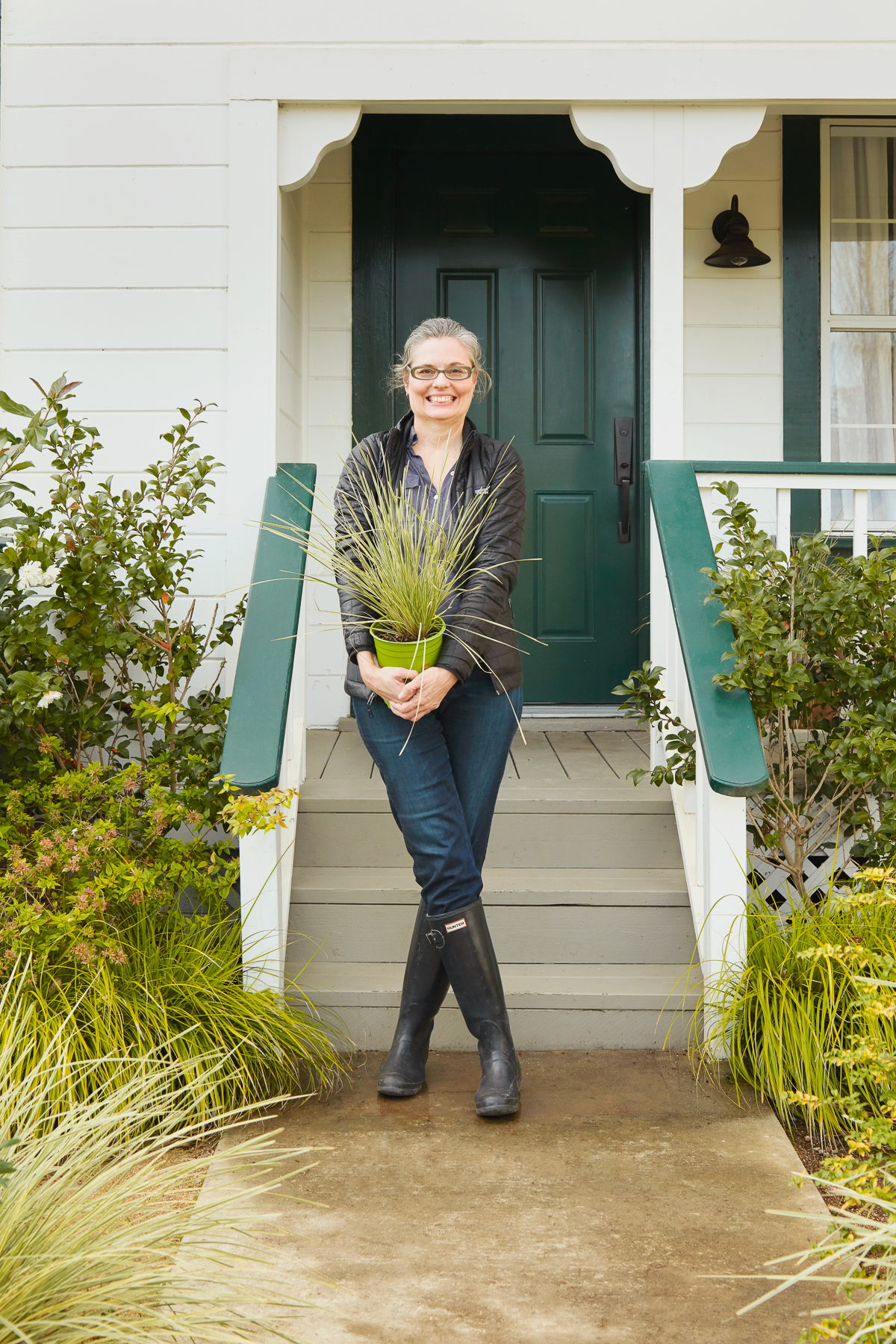
Janet Sluis is director of the Sunset® Plant Collection and a Berkeley-based garden expert specializing in low-water, West Coast-friendly, easy-care plants, with over 30 years of experience in horticulture.
2. Gerbera Daisy
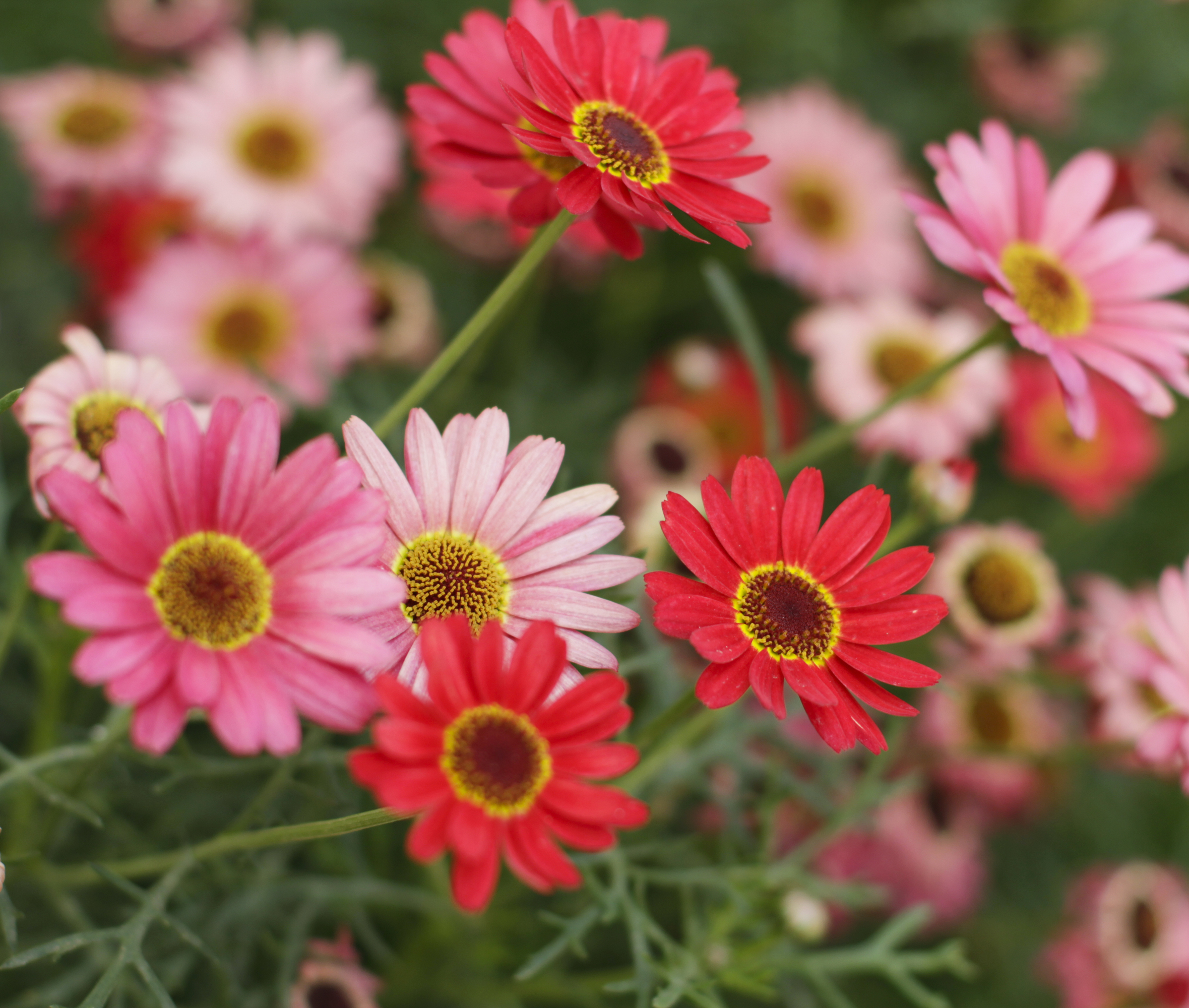
Having fallen from favour, due to an overkill in the nineties, Gerbera daisies are making a comeback, loved by a new generation for their 'retro' style.
How to grow and care for Gerbera daisies in California is straightforward too, especially if you like to plant cutting garden flowers.
'In contrast to peonies and their 2-4 week blooming period, Gerbera daisies bring a long season of vibrant, cheerful color and relatively easy care,' says Janet.
'For those seeking to grow “garden to table” flower arrangements, one major benefit of Gerbera daisies is that cutting encourages additional blooms.
They can be grown from zone 8 plus and are best suited to well-drained soil, in full sun to part shade.
Gerbera daisy seeds are available from Amazon.
3. Camellias
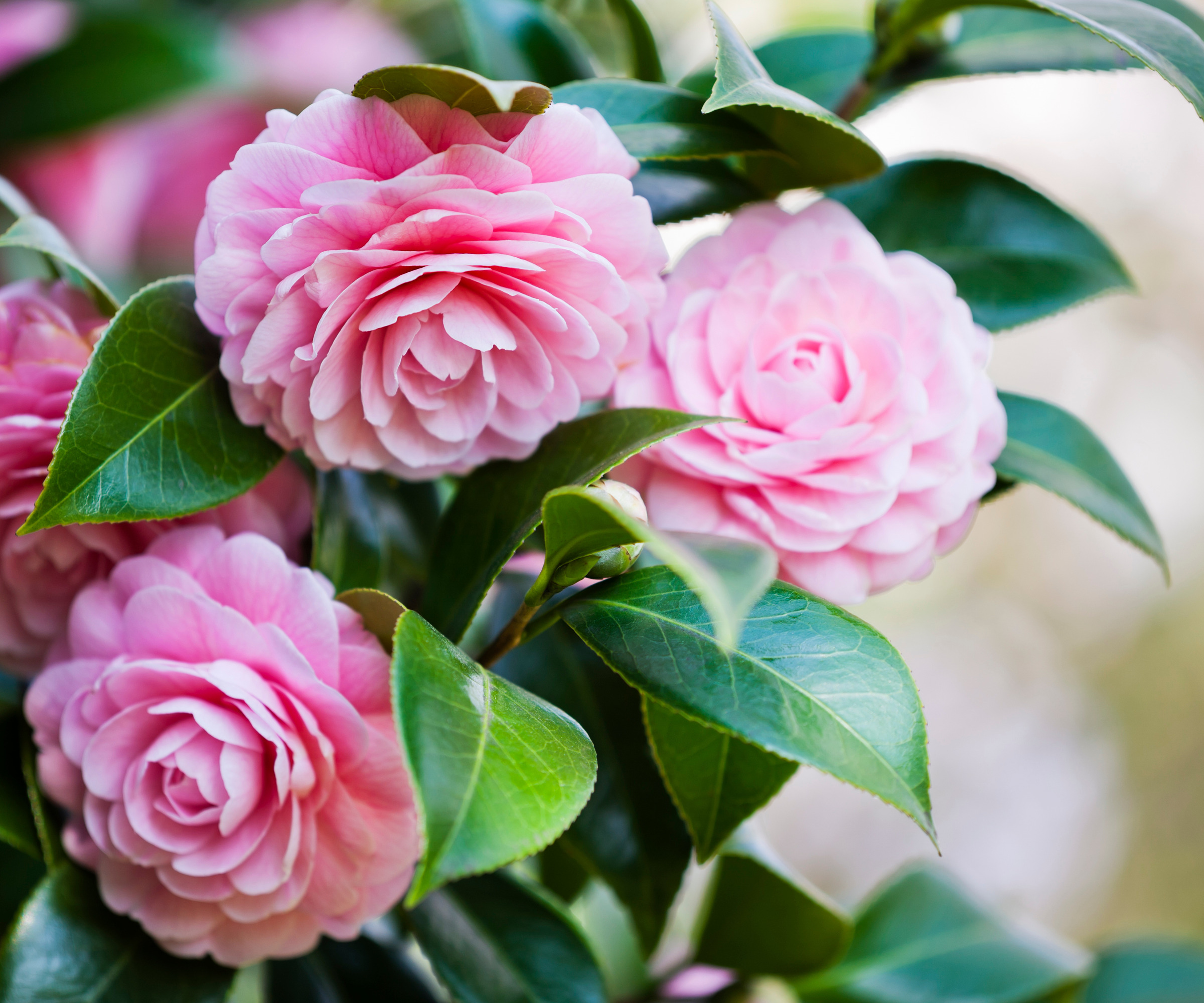
With their big, blousy blooms, Camellias are a wonderful alternative to peonies. This evergreen shrub suits a number of styles, from cottage gardens to urban container gardens and much in between.
Some Camellias are available with flowers in similar pink tones and ruffled petals to peonies, while others have different flower shapes, but there is generally a wider color choice with this plant that makes it an adaptable alternative.
This blousy Camelia Debutante from Nature Hills has soft pink tones to many peonies, if you want a similar look.
'Camellias do very well in California down to zone 7 and are especially good plants for the shade,' says Ward Dilmore, landscape gardener and founder, Petrus Luxury Estate Landscaping.
'There are endless varieties of Camellias with different colors and flower types, though many of them look similar to peonies.
'A dwarf variety of Camelia is a fantastic Peony alternative, as they will get to a similar size and also have the added benefit of being an evergreen.
'They will bloom in late winter into early spring, and appreciate an application of organic fertilizer in the winter.'

Ward Dilmore is an experienced Landscape Designer and Architect based in the California Bay area. He is also the Founder of Petrus, a renowned Luxury Estate Landscaping Company. Ward’s journey into landscaping began with a strong connection to nature and a sharp eye for detail developed over years of caring for private estates.
4. California poppies
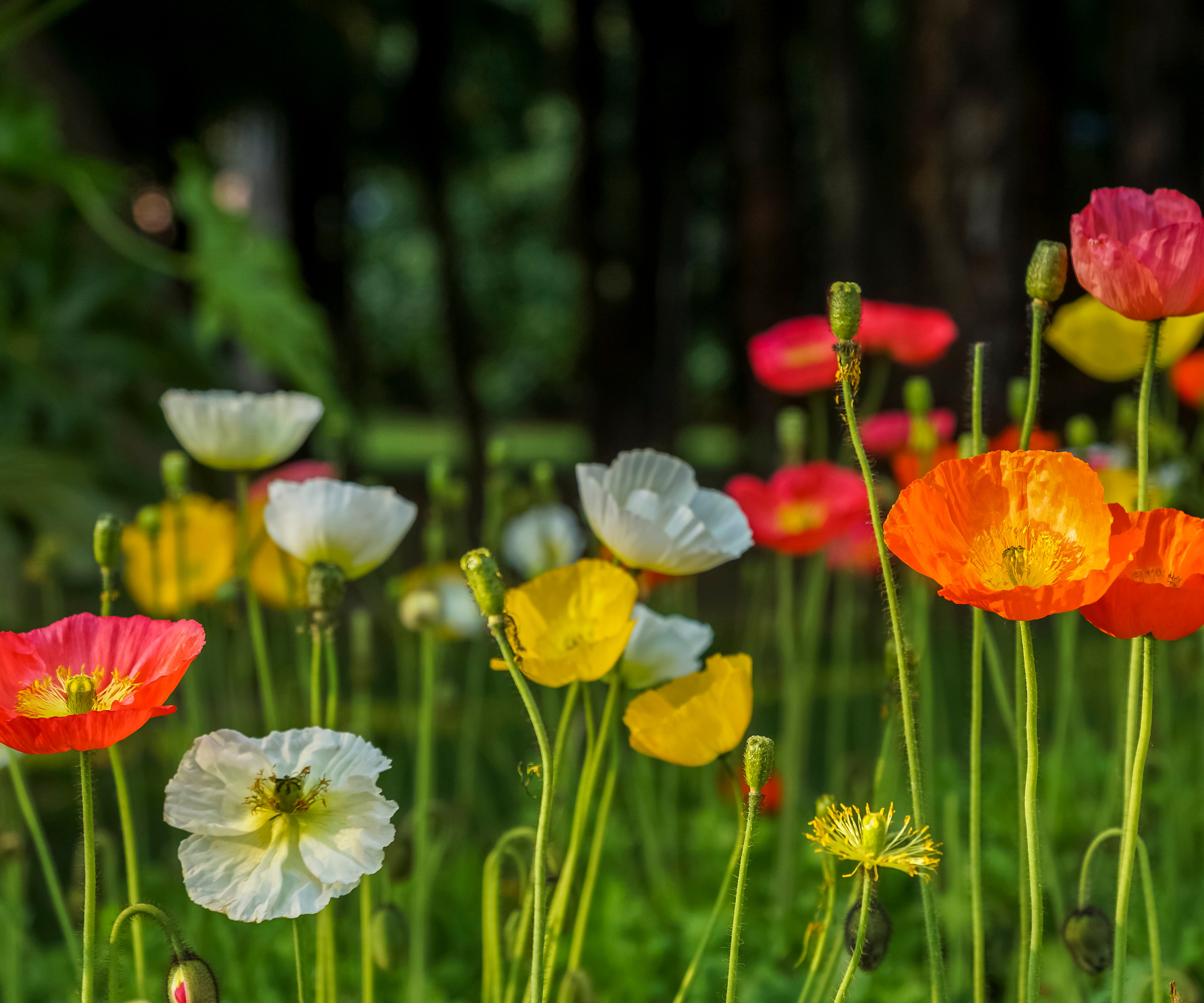
People plant peonies for many reasons, but one is for an early burst of color in their flower beds.
If you're happy to step away from pink and consider a wilder style, California poppies can provide early and spectacular color too.
Suitable for California native planting down to zone 7, poppies tend to be drought-tolerant and can thrive in full sun with well-draining soil. Instead of a single tone, consider a mix for a vibrant spring show.
'Poppies are a great annual alternative to Peonies, as Poppies thrive in California,' says Ward.
'There is an annual variety mix called ‘Champagne Bubbles’ with an interesting color blend, with large flowers that are similar to peonies.
'These poppies will bloom in late winter/spring and can be mass planted to create an interesting blend of color.'
These annual California Poppy, Sunset mixed colors seeds, from Burpee will grow up to 10-12" tall and will continue to bloom through the season if deadheaded.
5. Ranunculus
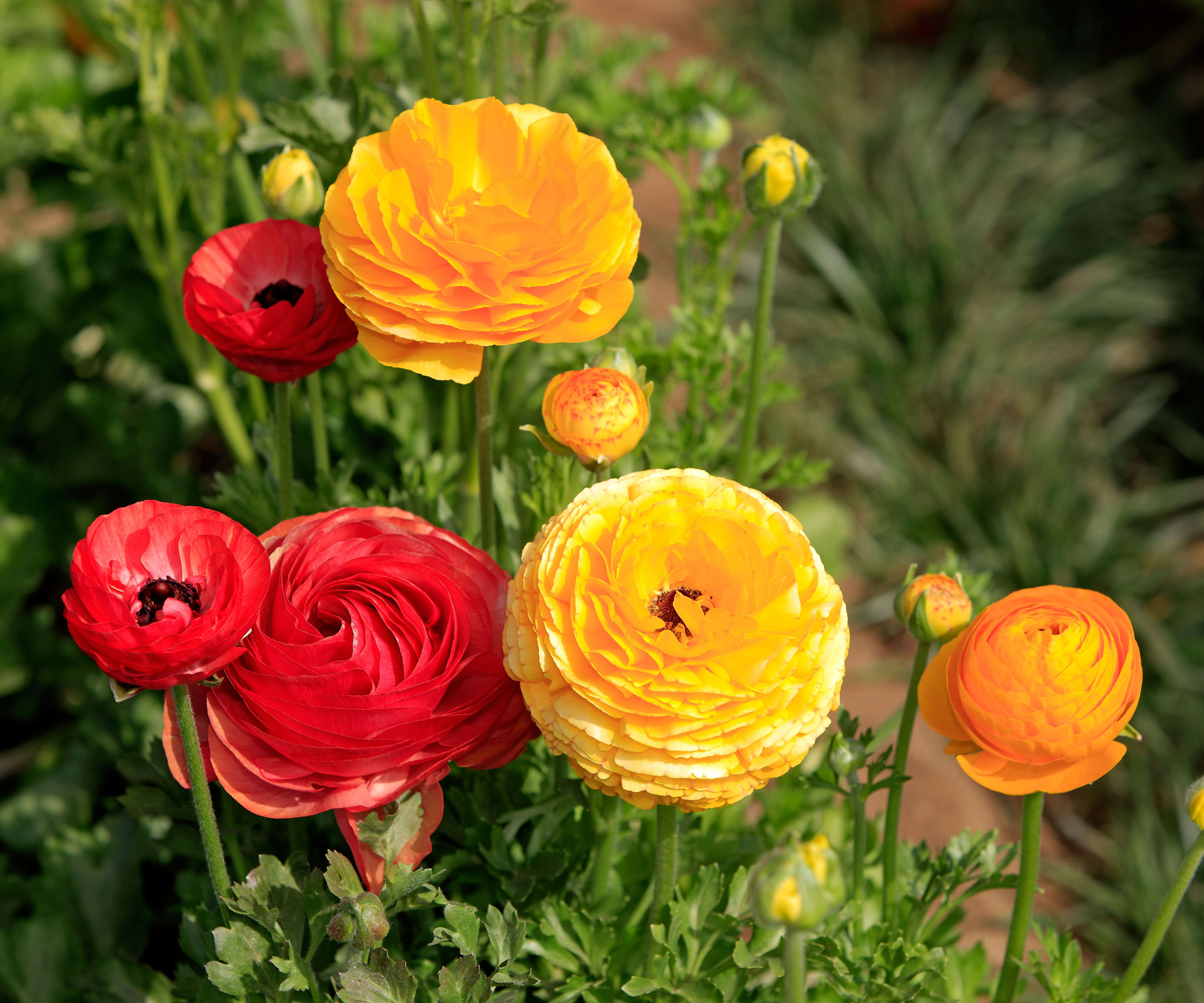
With their densely packed, super-delicate, crepe-papery petals, Ranunculus are a favorite for many flower growers.
And although this plant genus contains hundreds of varieties, including the wild Buttercup, most of us think of Ranunculus asiaticus when we think of this beautiful flower.
Also known as Persian Buttercup, this plant is available in a stunning array of colors (including pink) and can be grown as an annual or as a perennial, where winters are mild, such as parts of southern and central California in zone 8 plus.
When to plant Ranunculus bulbs will vary according to where you live, but they are often planted in the fall in zones 8 and above, in order to flower in the spring.
'Ranunculus are often planted as a late winter/early spring annual in most of California,' says Ward.
'They have a similar English rose flower to Peonies and are available in many colors, from pinks, red, yellows and oranges.
'These plants appreciate well-draining, nutrient-rich soil that is rich in compost. Their bloom time is late winter, into spring.'
If you've had no luck growing peonies, try some of the plants mentioned above in your garden ideas instead. Just be sure to keep an eye on watering and feeding during the first growing season, especially as the weather warms.
Gardening and flower growing are far more satisfying when you work with nature and not against it. These alternative blooms can rival peonies in beauty, whether you're aiming to emulate their soft, blousy aesthetic or try something a little more vibrant.
Jacky Parker is a freelance lifestyle journalist and writer, producing a wide range of features for magazines and websites. She has written for Homes & Gardens and its sister titles, Livingetc and Country Homes & Interiors for more than 15 years, both as a freelance contributor and staff member, regularly reporting on the latest interiors, gardens and lifestyle inspiration, speaking to experts in their respective fields and discovering the newest tips.
